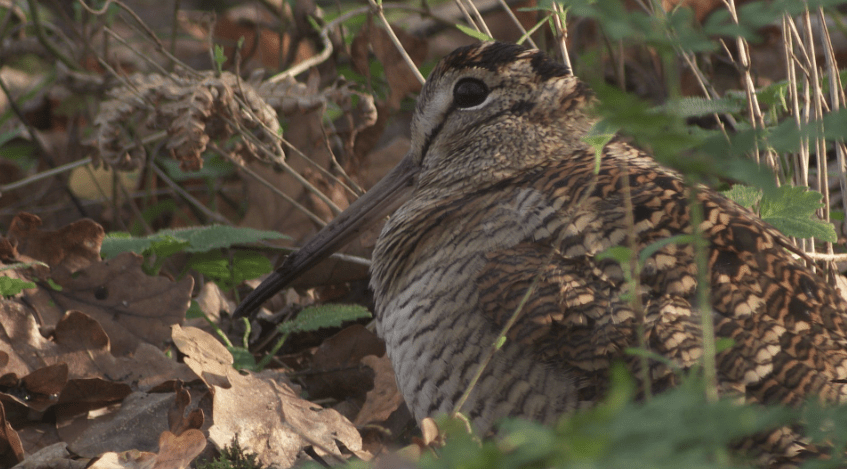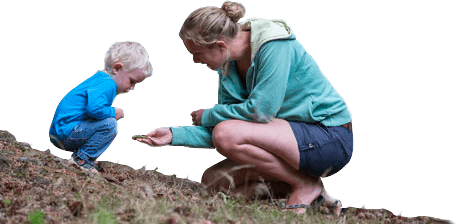April wildlife highlights
PUBLISHED ON: 3 APRIL 2025April is a busy month for birds in the New Forest. There are arrivals and departures a plenty as some migrate from Africa and Southern Europe to the UK to breed, and the winter visitors fly out.
Listen for the song of the cuckoo announcing that summer is on the way. Look to the skies for swallows, house martins, and swifts. If you look carefully you may even spot one of many elusive warblers. Overwintering visitors such as redwing, fieldfare, Brent geese and waders are some of the bird species that will be flying overseas.
The hobby is one of the most exceptional visiting birds you will see in the New Forest between mid-April and early autumn. Find them over the heaths and valley mires hawking for small birds and insects, especially dragonflies, which they catch and eat on the wing.
Resident birds such as robins and blackbirds are raising their first broods. Frog and toad tadpoles swim free from their spawn, and the adults leave the ponds to live on the land until next spring. Young badgers venture out of their setts to play, and fox cubs come above ground for the first time too.
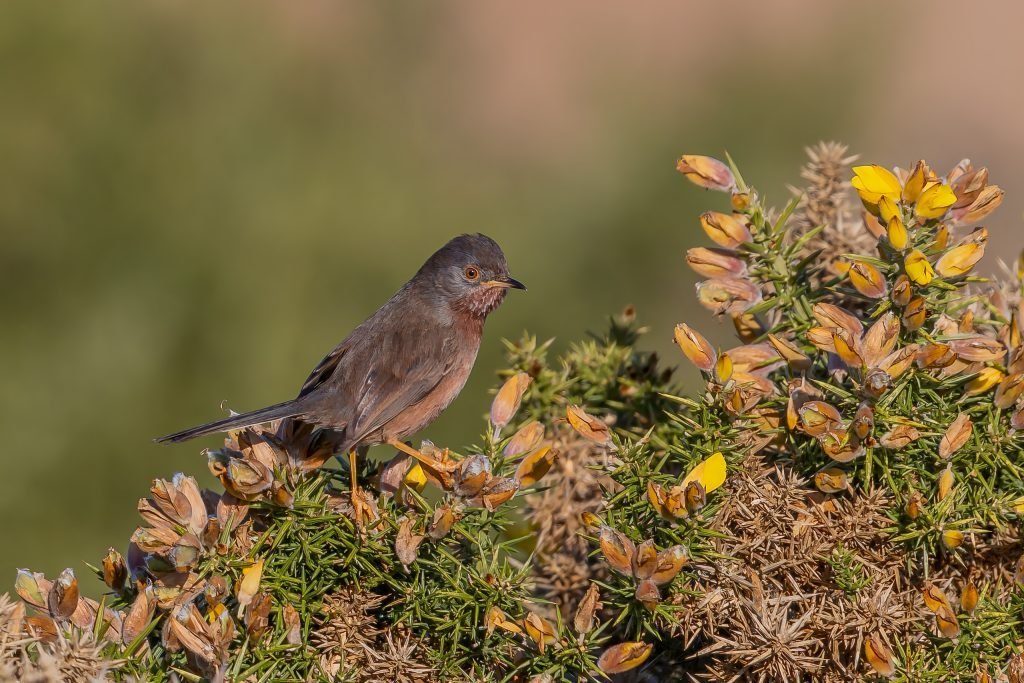
The New Forest is a Special Protection Area in part because of its breeding populations of ground nesting birds which start to nest in the spring. These include wading birds such as the curlew, redshank and lapwing which are becoming rarer in the south, and other woodland and heathland species such as the woodlark (main feature photo – by Steve Laycock), nightjar and Dartford warbler. If you spot these birds whilst out in the Forest remember to keep your distance as they are easily disturbed from their nests, and do please follow the signage that has been deployed in the most sensitive areas of the National Park.
The furry catkins of the pussy willow (also known as sallow or goat willow) are a sure sign of spring, and can be found growing either in the open alongside rivers, ditches or ponds, or in damp woodland. The bright yellow pollen-laden catkin flowers are an important early source of both pollen and nectar for bees and other insects. Even small birds, including blue tits, may feast upon the pollen. If you see any with yellow dusted faces you’ll know where they’ve been feeding!
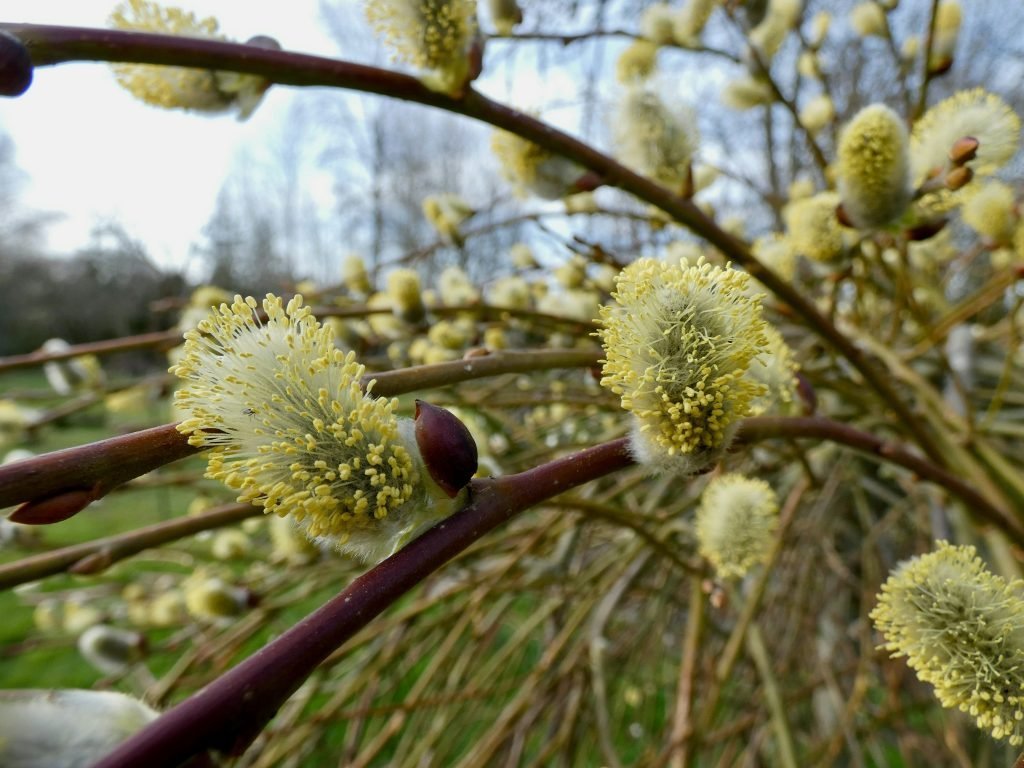
The yellow blooms of early marsh marigolds stand out in the valley mires and other boggy places. Look also for the blackthorn (sometimes called sloe) which comes into flower; where bullfinches haven’t eaten the winter buds its branches are covered in masses of white blossom.
April offers a great opportunity to wander through the woodlands before the trees are in full leaf. In some areas the ground is carpeted with wood anemones, early flowering orchids, wild garlic (ramsons), lesser celandines, bluebells and late primroses. These parts of the Forest offer a real sensory experience: their appearance is matched by the scent of the flowers and the sound of bird-song.
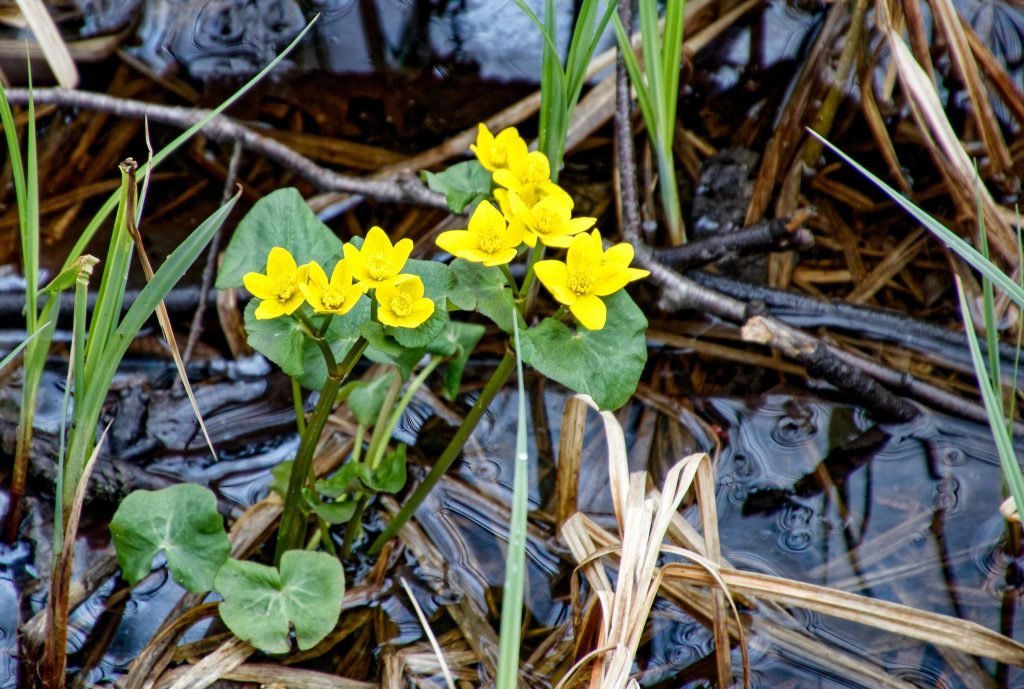
Soon after sunset you might be lucky enough to see a male woodcock performing its display flight, known as ‘roding’, above the treetops. These unusual birds are largely nocturnal – listen for their high-pitched cries alternating with a deep, frog-like croak.
